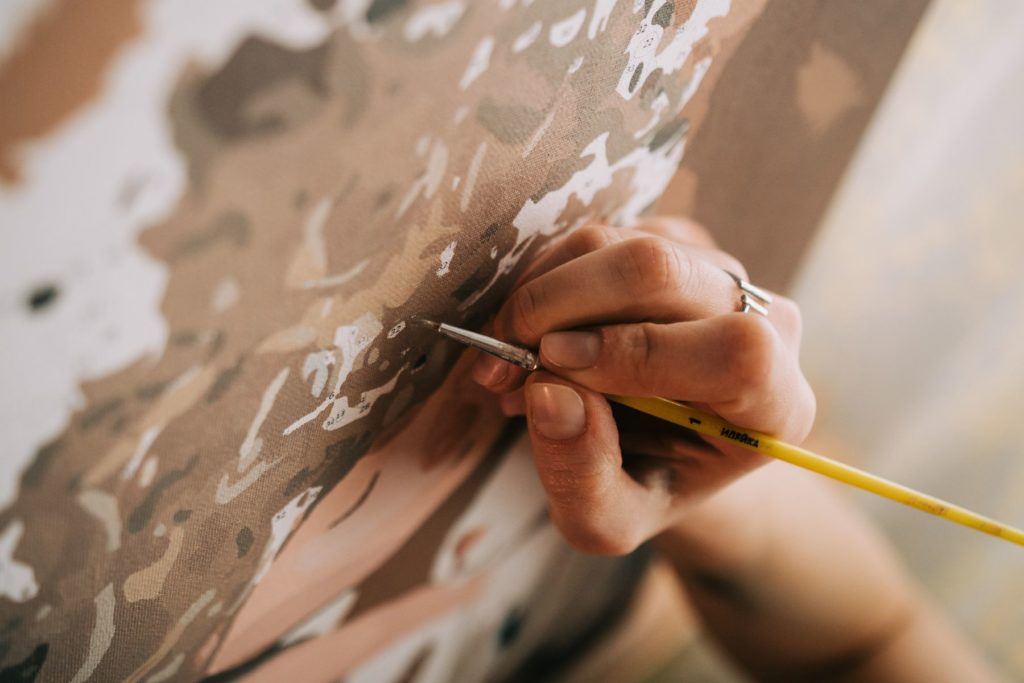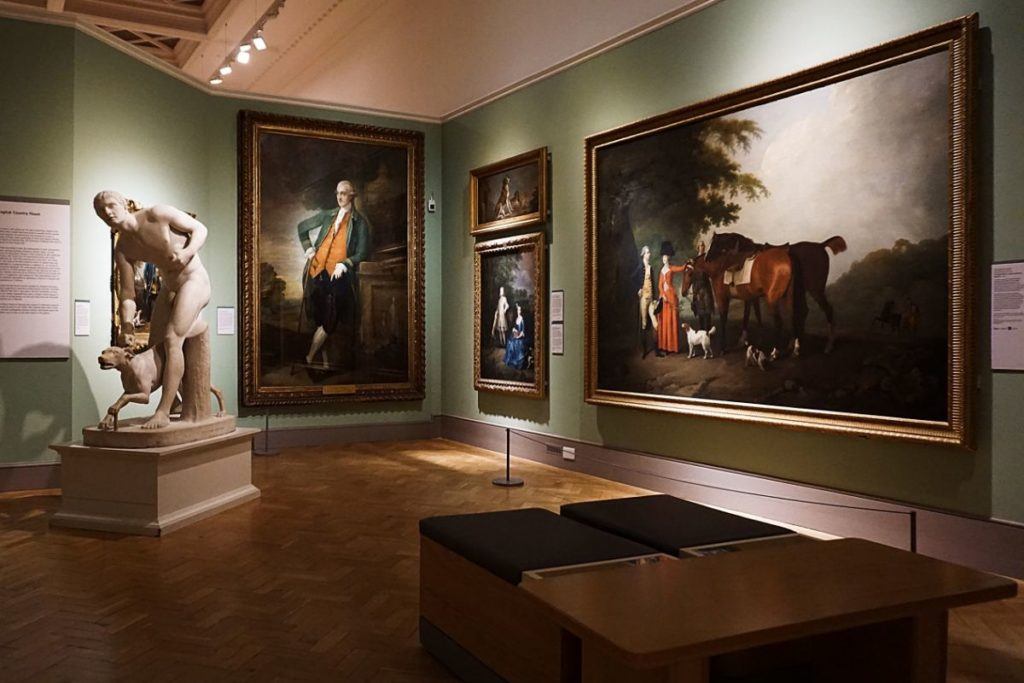
How To Sign A Painting
When you’ve finished a great work of art, you will likely be wondering to yourself about whether or not you should sign it.
In fact, there’s a lot of anxiety that comes into play after you’ve completed your painting.
You consider if your work is good enough to be signed, if you should sign it, where you should sign it – and more importantly how do you sign it?
Well the answers lie in the following points.
Location of the signature, signing before you varnish and using the right tool to sign a painting.
There’s a lot we need to unpack here, so read our guide below for more details!
Where Should You Sign A Painting?
Generally speaking, it doesn’t actually matter where you sign your painting.
However, a very traditional place to sign is in the lower left hand corner of the artwork, or on the back so that you do not ruin any part of the painting.
However, collectors and buyers will always tend to move their head towards the low left hand corner to examine for a signature, and then establish the authenticity and value of the art piece.
Having said this, some artists take their own ideas and incorporate the signature into the artwork itself, for example weaving their signature into trees or bushes.
If you are struggling to think about where you should place your signature, some artists decide to use tracing paper and place it over the artwork to work out where it would be best to sign the painting.
This will give you a better understanding of proportion and size.
But as we said, there’s no real concrete rule over where your signature should be.
After all, it’s your work – and as such, you will want to ensure that the painting does not remain anonymous.
Important Notes For Signing Your Painting
There are two major things you have to remember when it comes to signing your painting.
- Always sign your painting before you varnish it. This will allow the varnish to protect your signature whilst also protecting the painting.
- Always make an allowance for the frame and any mats. When all is said and done, you will want your signature to remain visible.
Now that you are aware of this, let’s take a look at how you might sign your painting, starting with the best tools to use.
What To Use When Signing Your Painting
Primarily, the tool you use to sign your artwork will depend on what you have used on your painting to begin with.
Let’s say that you’ve used acrylic paint – then you could use a much thinner acrylic paint with a script liner brush to finish off your masterpiece.
The same applies if you have used graphite, then you could sign your painting with a graphite pencil.
Having said this though, it’s not always the best idea to use the same medium to sign your work.
Either because it is physically not possible to do so, or maybe because you do not want your signature to be placed using such a medium.
So, if you’re looking for some ideas as to what you can use, consider some of the following:
The Sakura Pigma Micron
this has a very fine tip and it is free of acid, meaning a precise and clean signature can be formed on your painting.

Montana Acrylic Paint Marker
this can be an ideal choice for any acrylic paintings and can easily transfer onto your canvas.
The Pentel Sign Pen
this is actually designed for artists to sign their work!
You may be wondering if you can use these to sign an oil painting, and the answer is that once again – it is down to your personal preference and where you are planning to sign it.
However, many artists will decide to use a stylus or the tip of a very small brush to sign their oil paintings to ensure there is no smudging.
It’s important to note that if you’re going to do this, you should make sure that the ground layer beneath the wet painting is solid and dry.
In any case and whatever you choose to use, you need to ensure that the signature is archival and will not just fade into obscurity over time.
How To Write Your Signature On A Painting
Every artist will be different in terms of what their signature looks like and how good their handwriting is to begin with.
Indeed, you could be an excellent artist – but writing… not so much!
Well, let’s assume that you have poor handwriting.
You may decide that it’s a good idea just to use your initials to mark the painting with your signature, or you may even have a logo or brand that is better off on the painting.
Whatever you do, you must ensure that the writing is legible and can stand the test of time.
If you do however, decide to use your real signature, then consider the action.
You should have a light touch, regardless if it is on the back or the front.
Try to make it big enough to see but not so big that it detracts the attention from the painting.
Consider practicing using things like watercolor pencils on plain paper to get the weight of the touch just right, and try not to overcomplicate the process when it does not require it.
Final Thoughts
If you are hoping to sign your artwork and provide your name to your most amazing painting – then you will want to ensure that you’ve done it right and not ruined your work.
If you follow some of the guidance we’ve provided above, you should be in a great place moving forward.
Just be sure to practice on other things first before you dive right into your masterpiece. Good luck!
Sell More Art Online
If we can't teach you, no one can!


